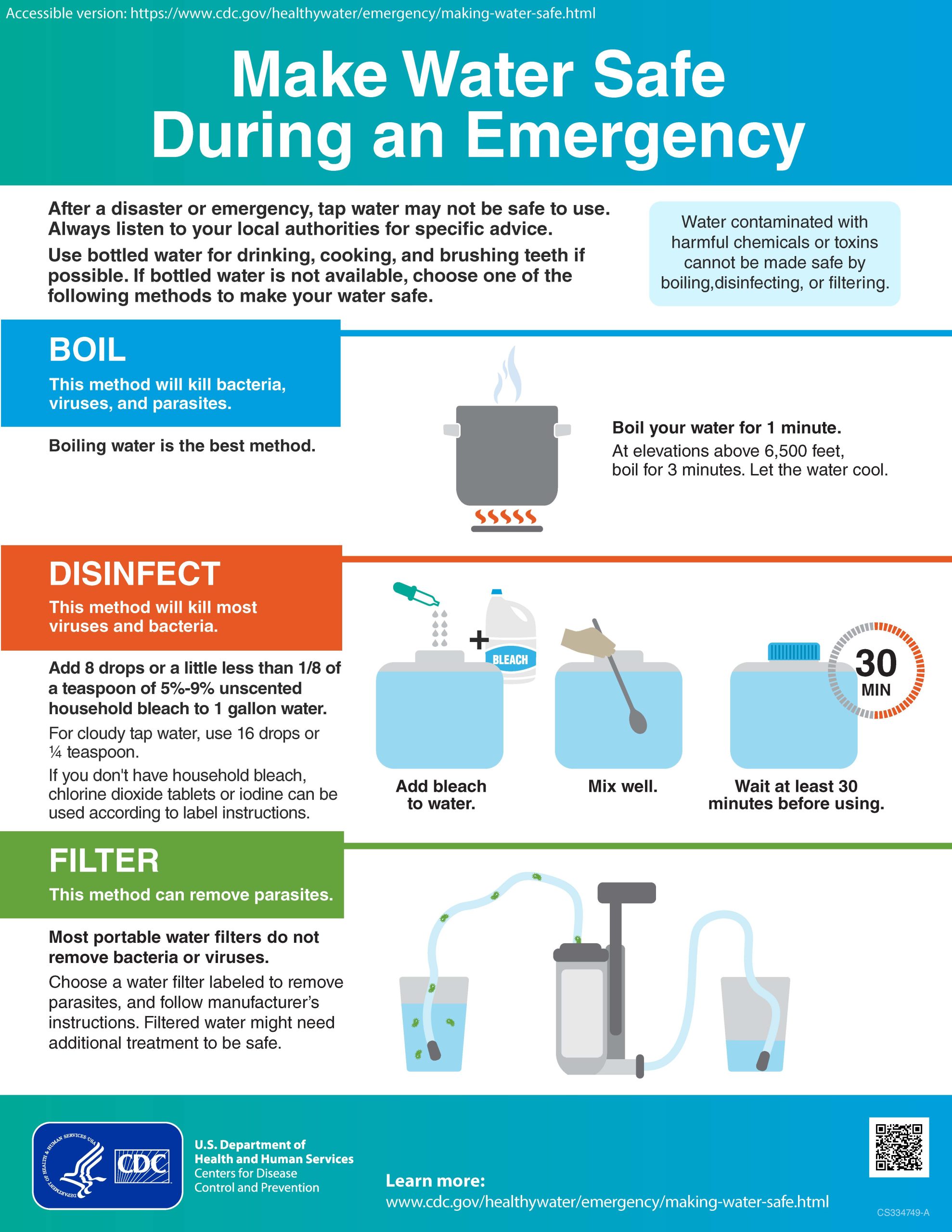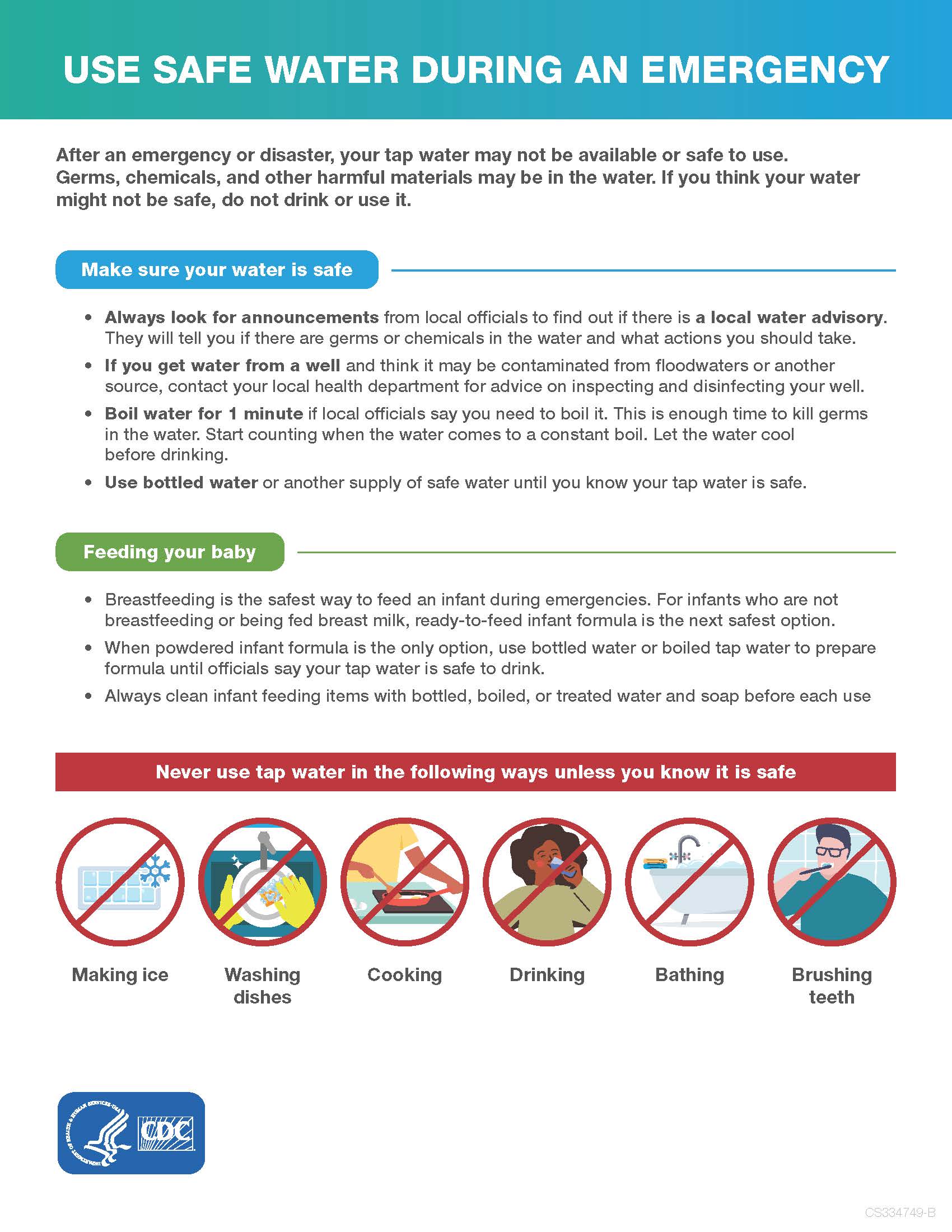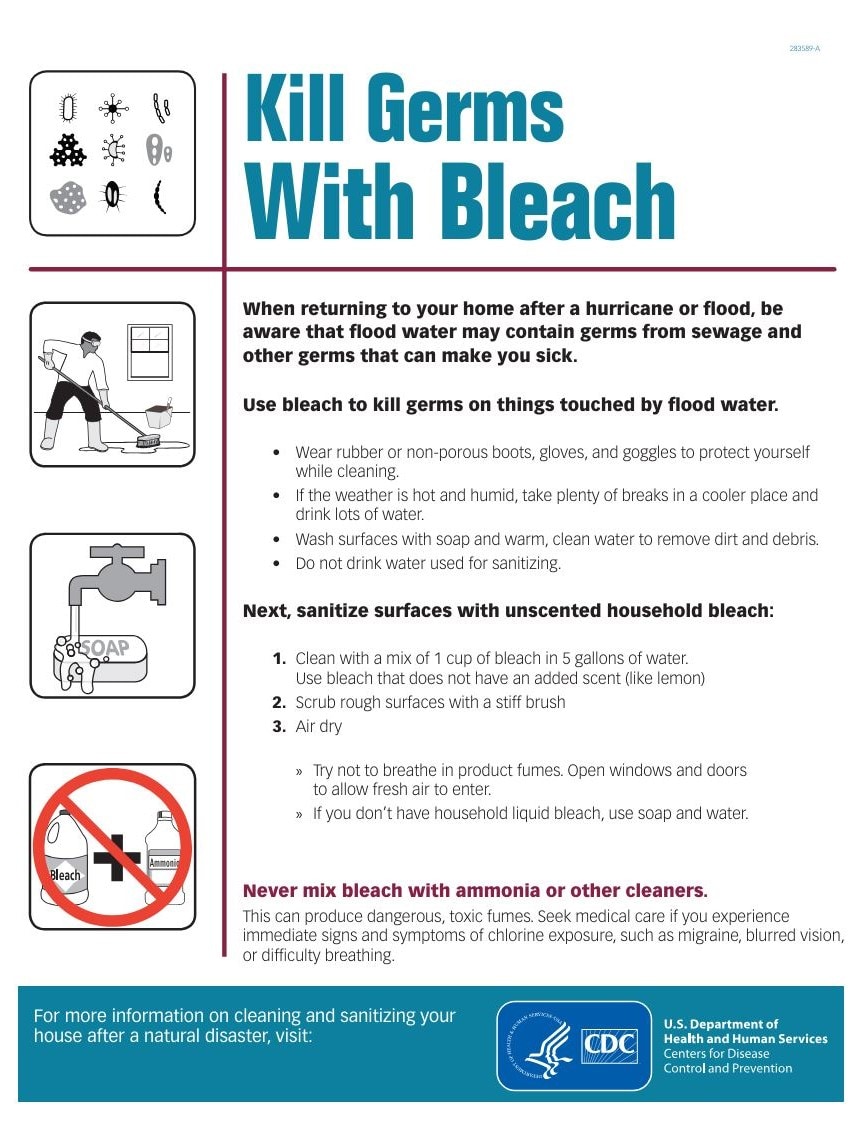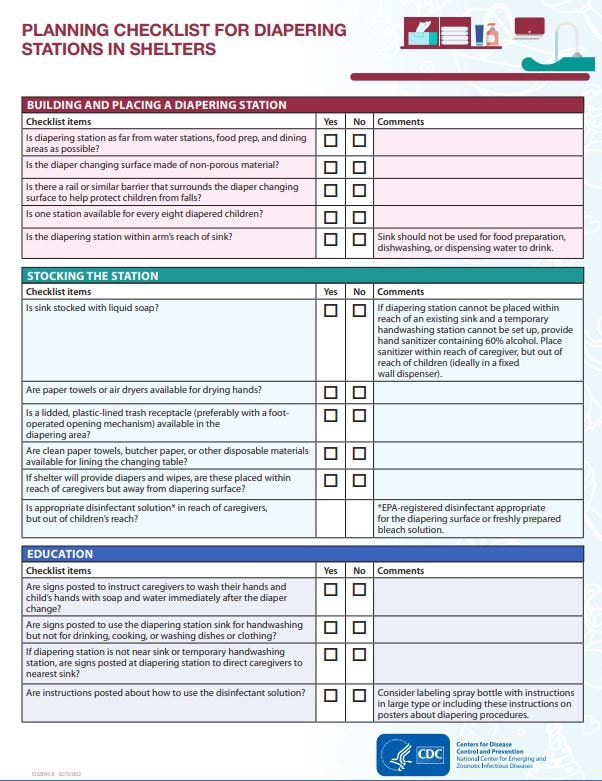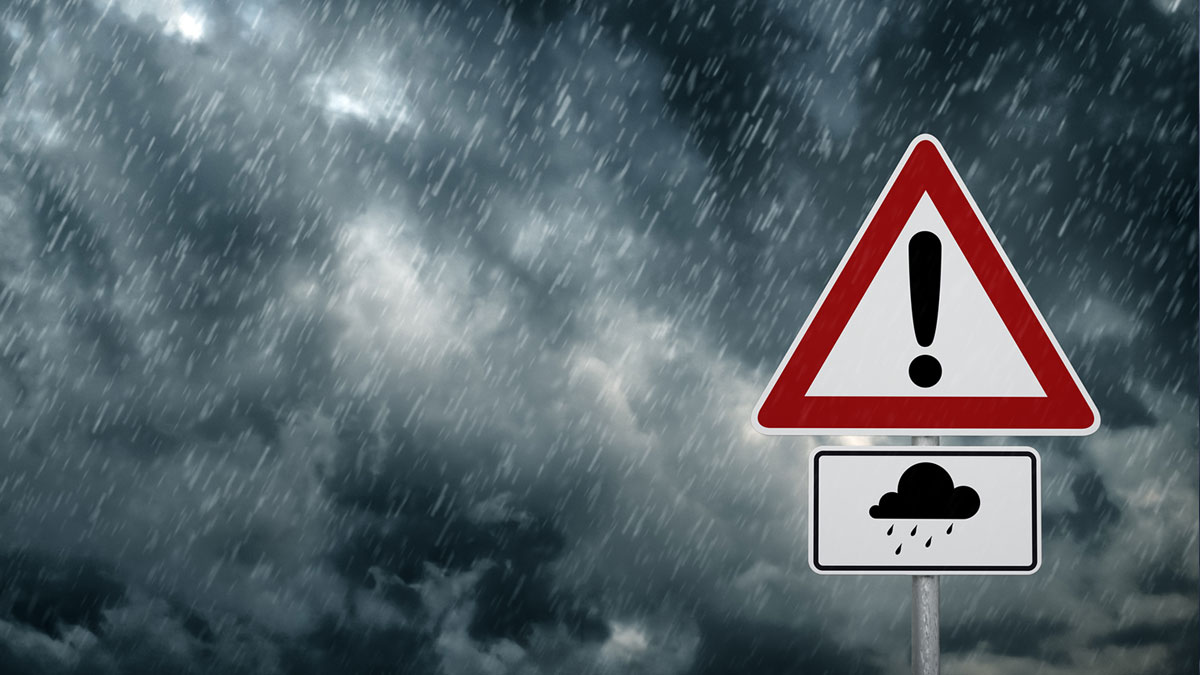At a glance
Download, use, and share the materials below about using water safely and avoiding germs during emergencies. Many of the resources are available in multiple languages.
Fact sheets
Web and social media graphics

English 1200x675 | English 1080x1080
Spanish 1200x675 | Spanish 1080x1080
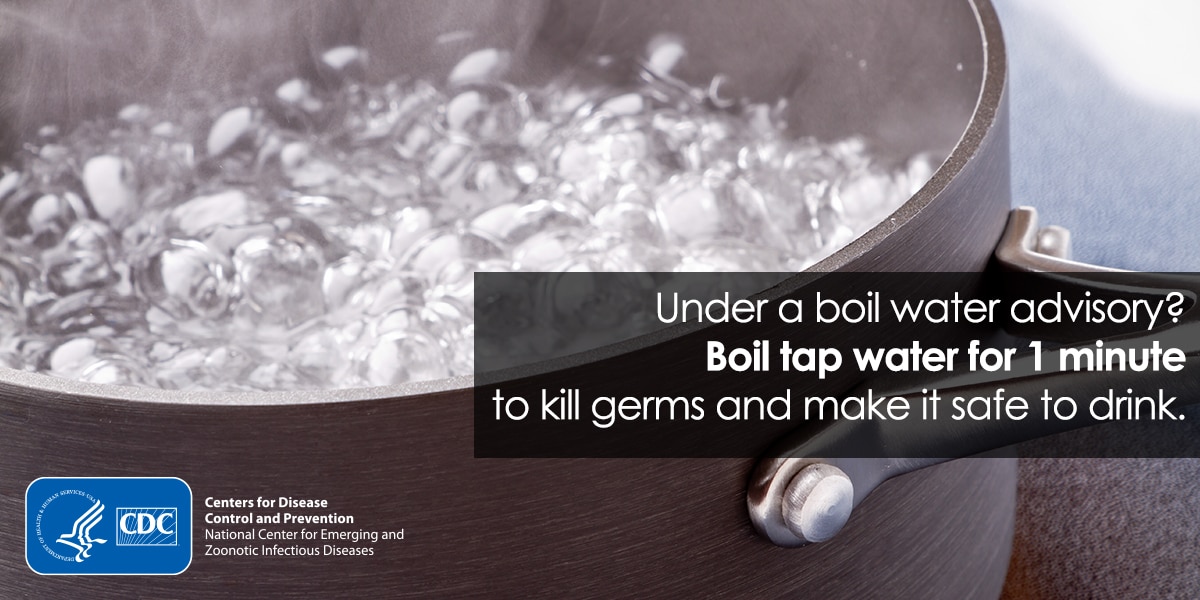
English 1200x675 | English 1080x1080
Spanish 1200x675 | Spanish 1080x1080
Graphic series
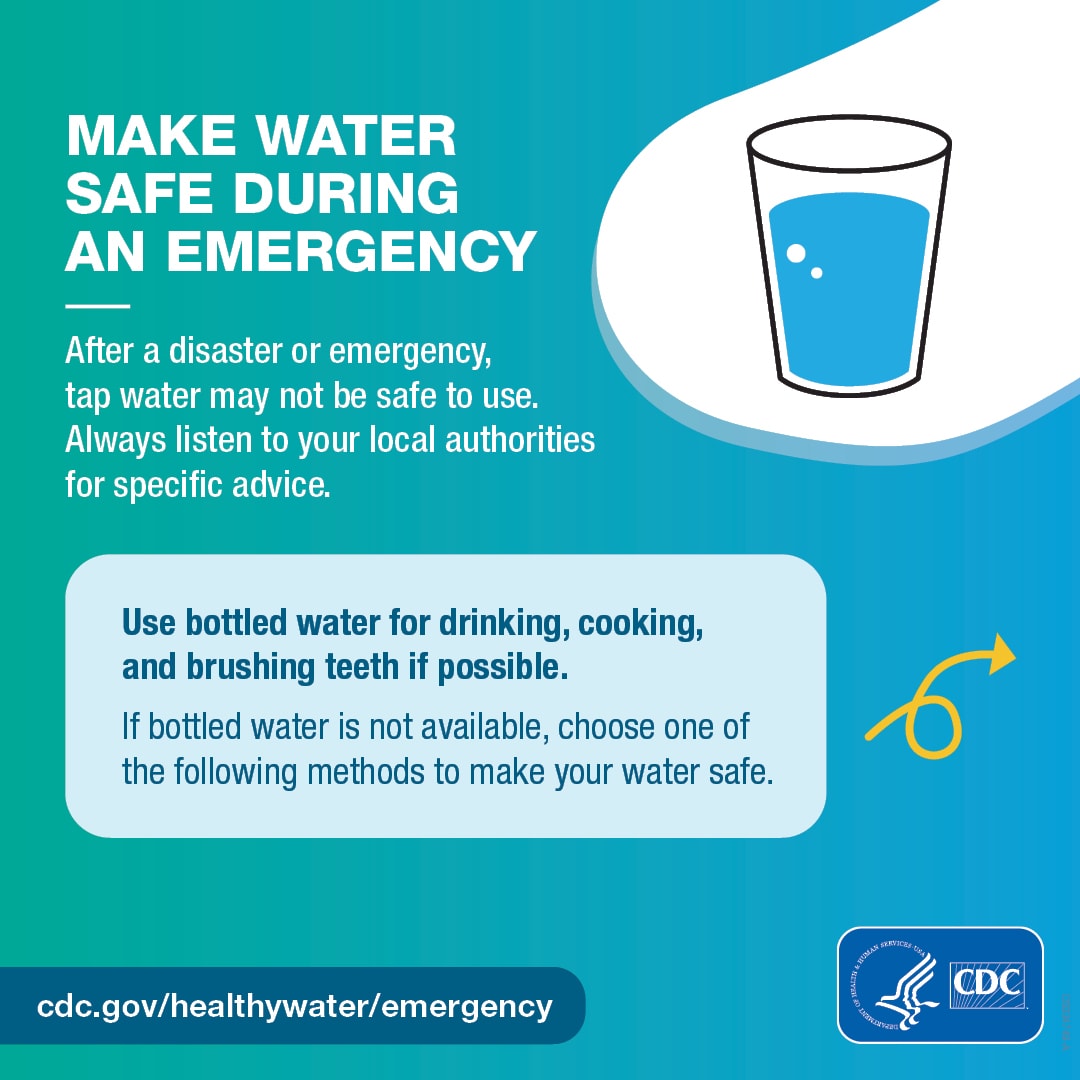
English 1080x1080 | English 1080x1920
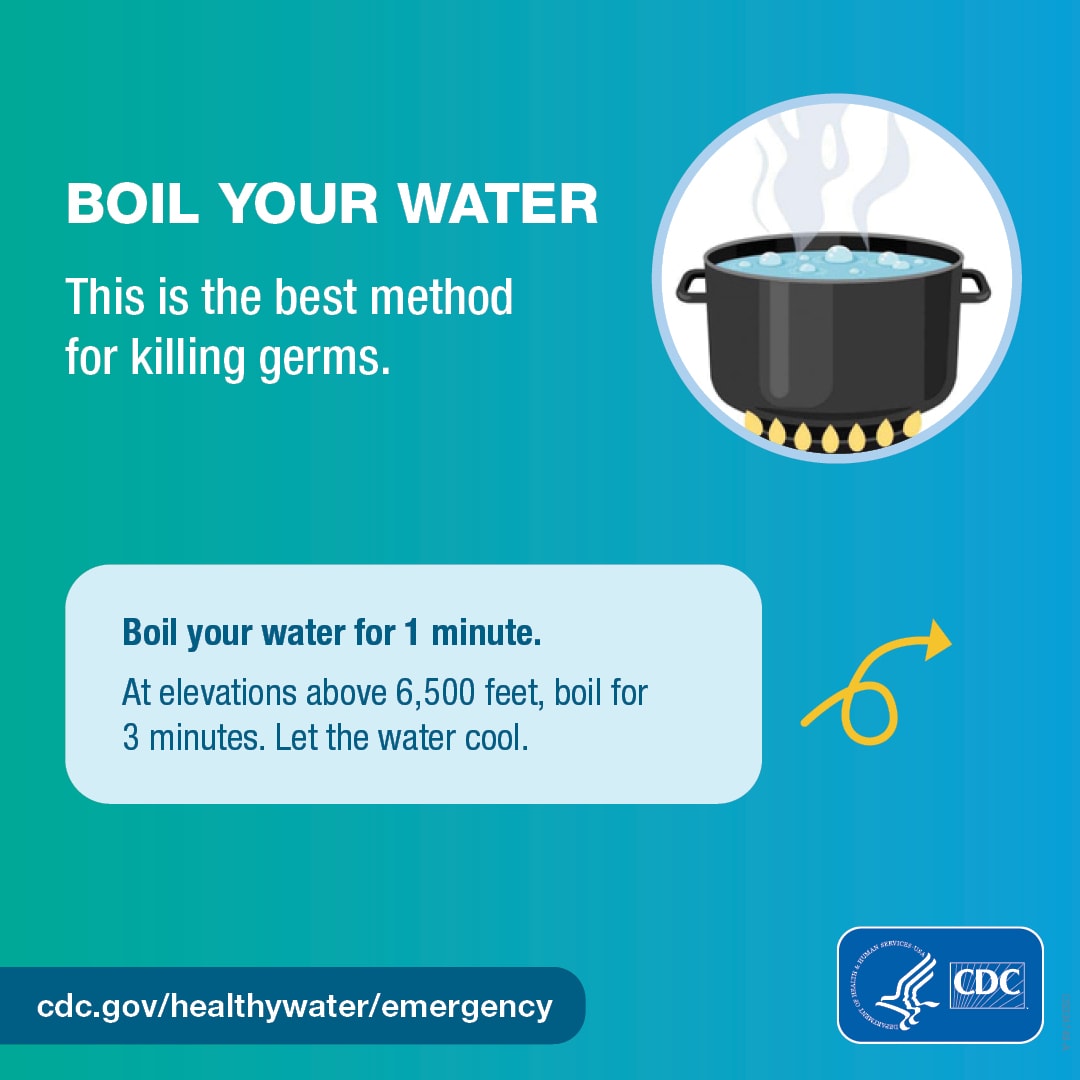
English 1080x1080 | English 1080x1920
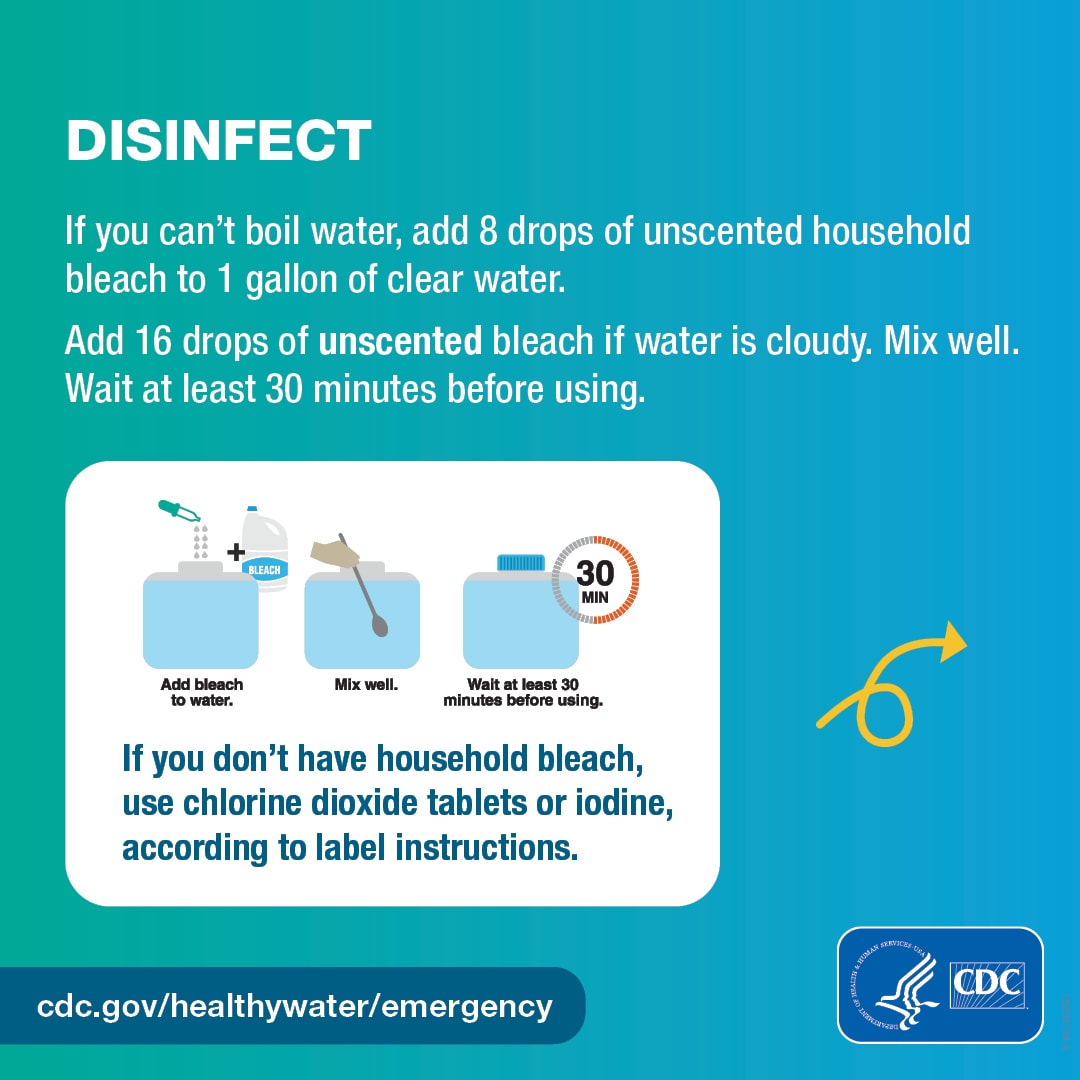
English 1080x1080 | English 1080x1920
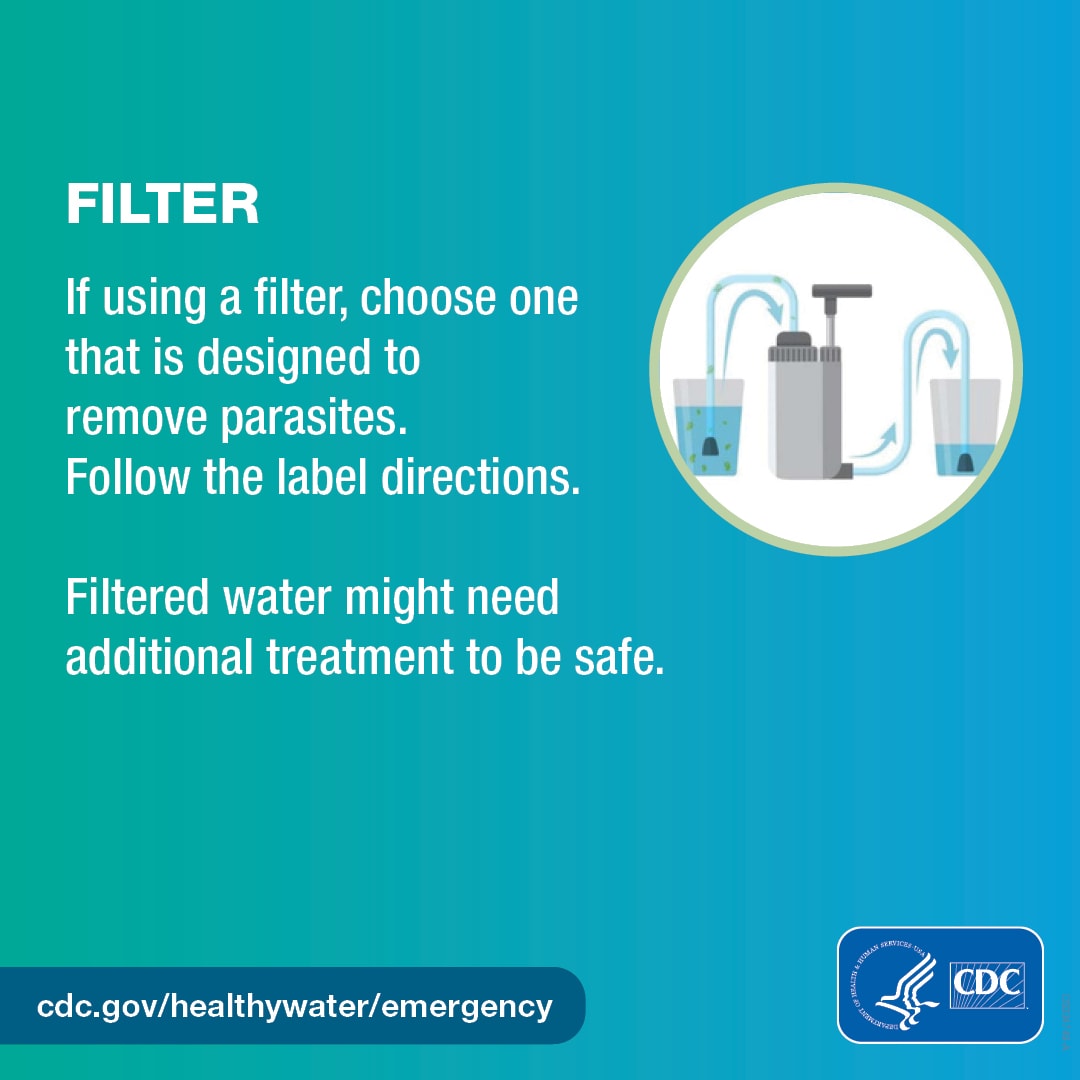
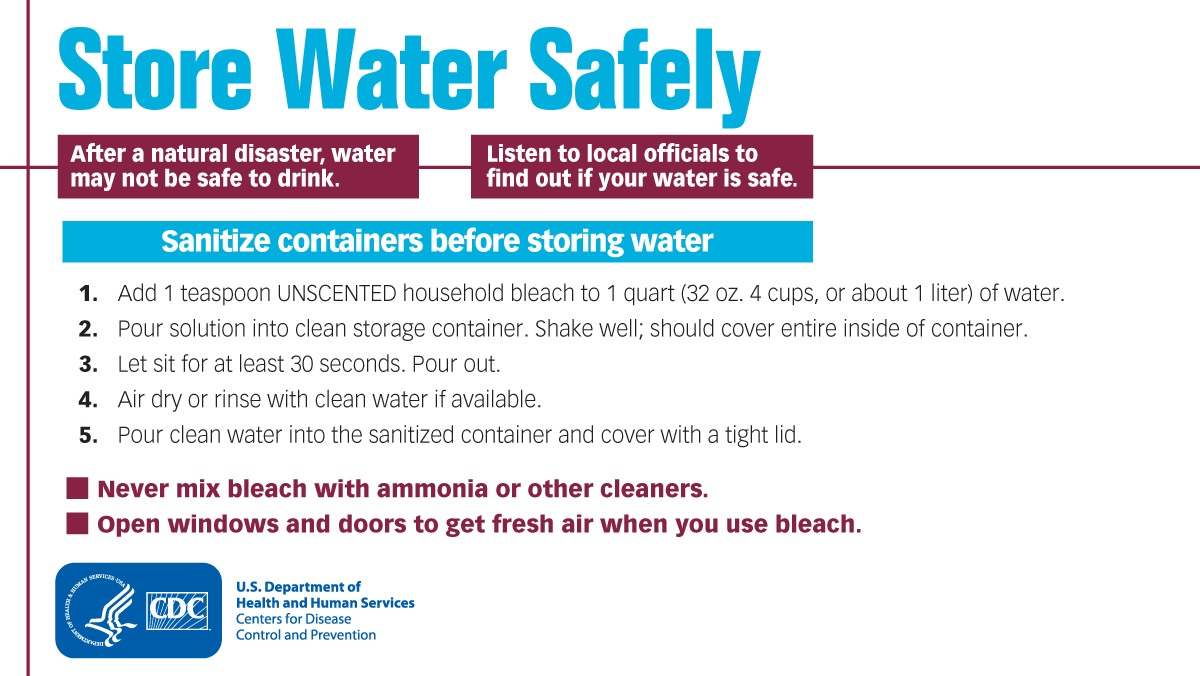
English 1200x675 | English 1080x1080
Spanish 1200x675 | Spanish 1080x1080
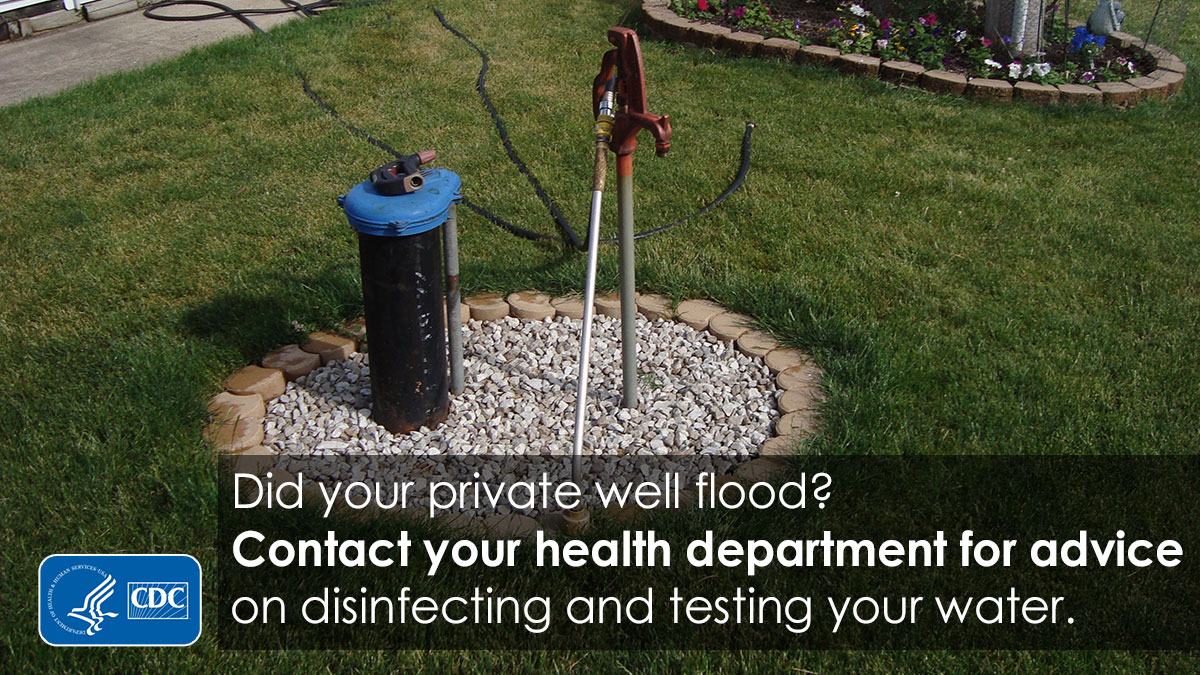
English 1200x675 | English 1080x1080
Spanish 1200x675 | Spanish 1080x1080
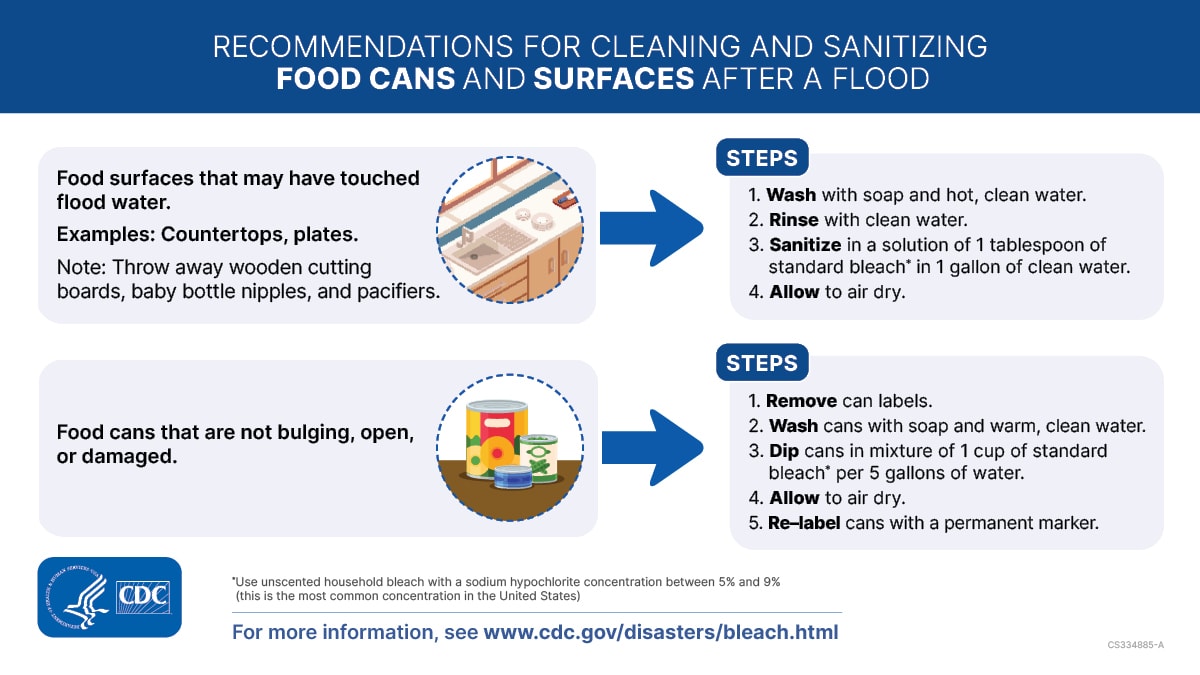
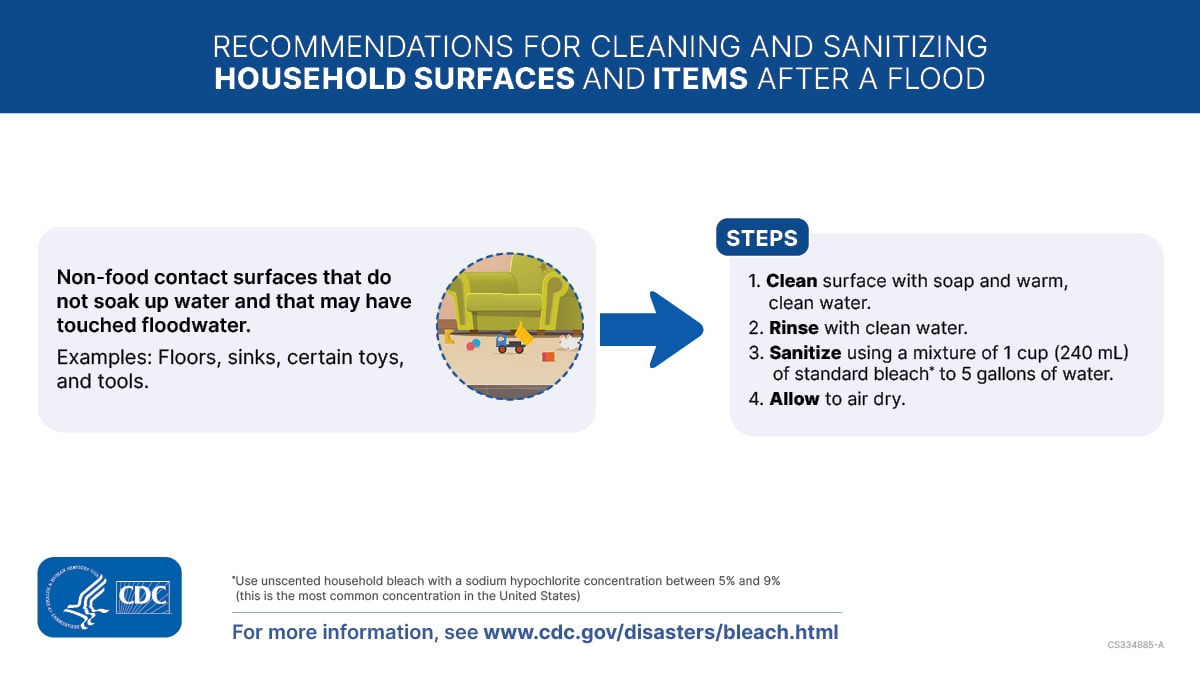
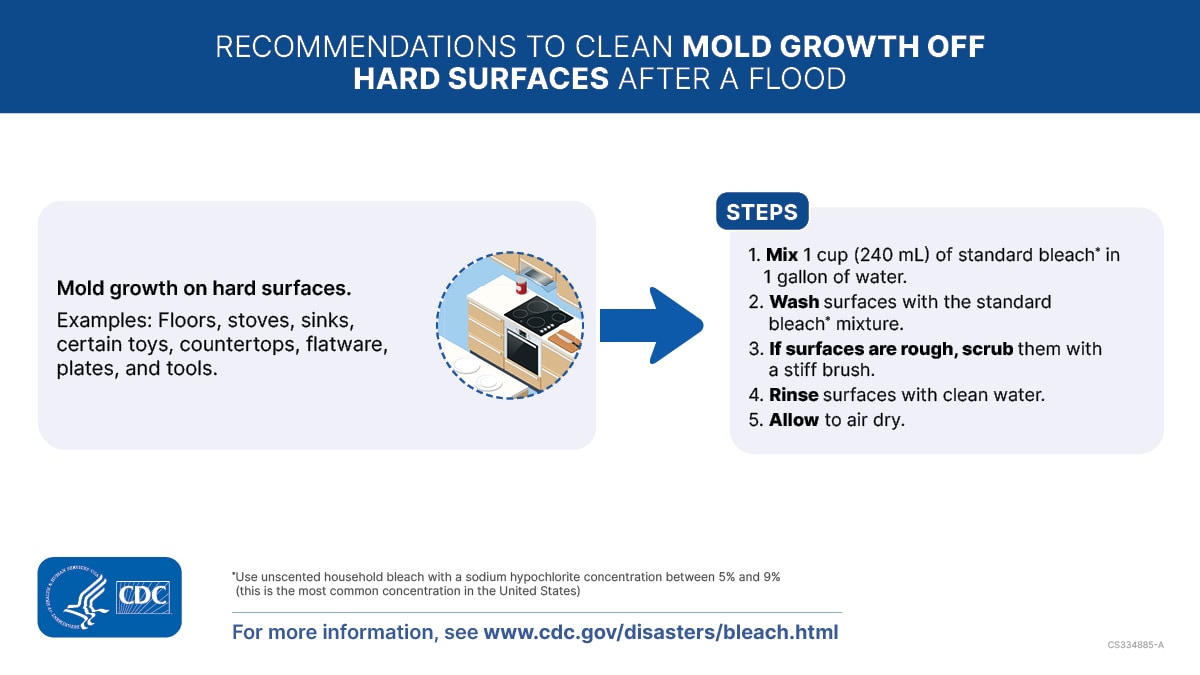
Videos
Public Service Announcements (PSAs) for Disasters


